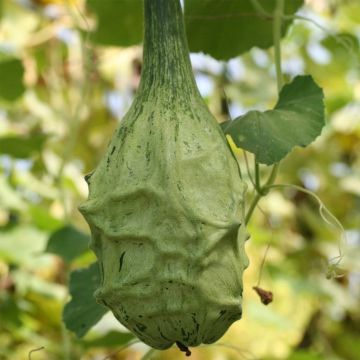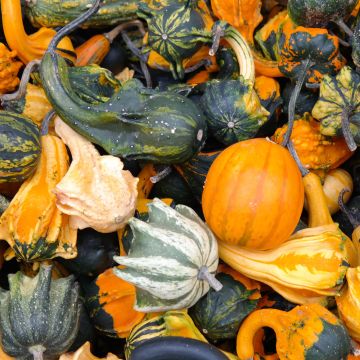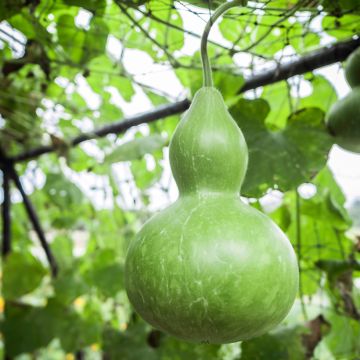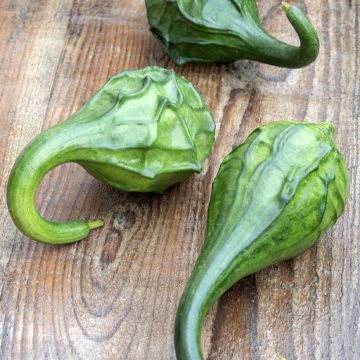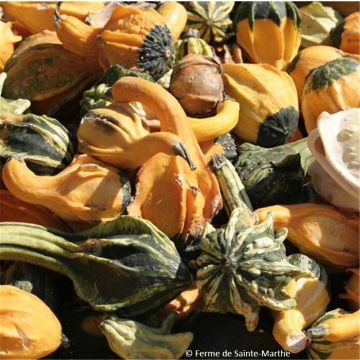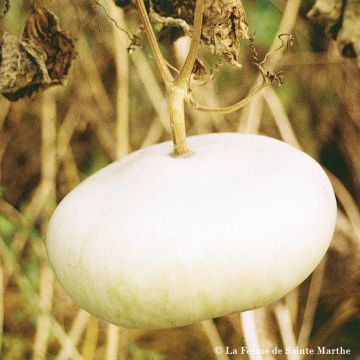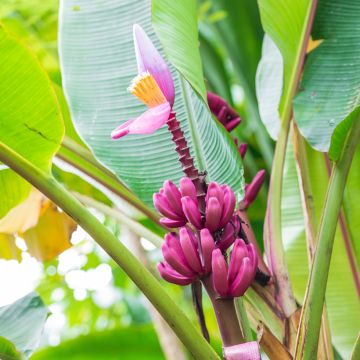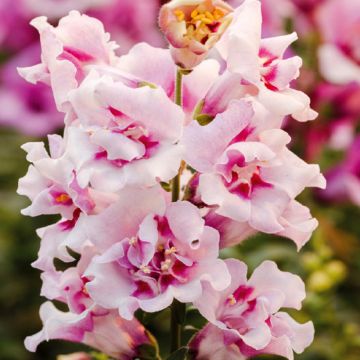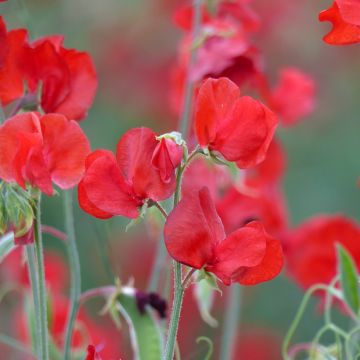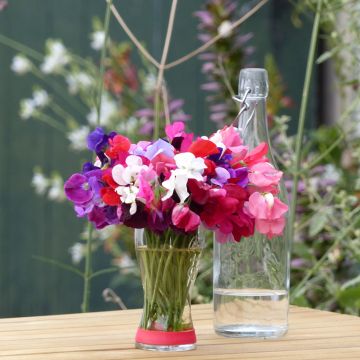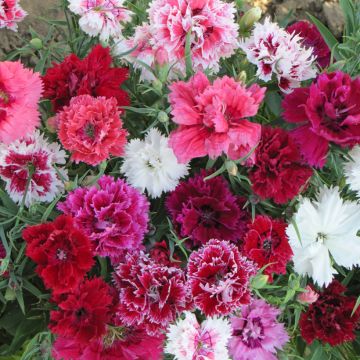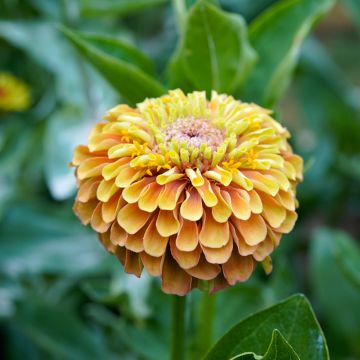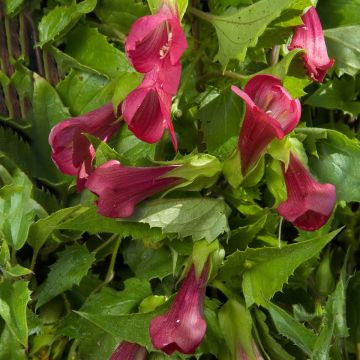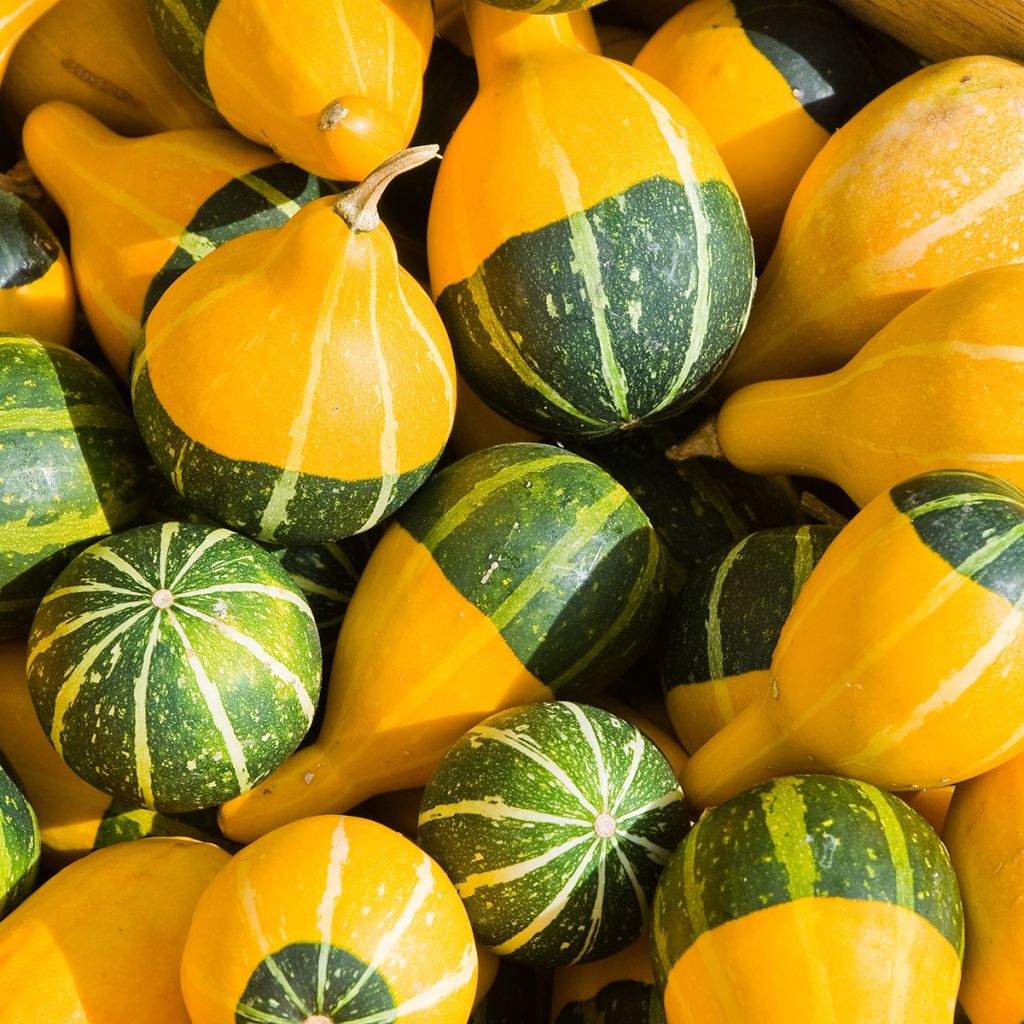

Cucurbita pepo Pear Bicolour - seeds
Cucurbita pepo Pear Bicolour - seeds
Cucurbita pepo Pear Bicolor (Poire Bicolore)
Pumpkin, Squash, Ornamental Gourd
Special offer!
Receive a €20 voucher for any order over €90 (excluding delivery costs, credit notes, and plastic-free options)!
1- Add your favorite plants to your cart.
2- Once you have reached €90, confirm your order (you can even choose the delivery date!).
3- As soon as your order is shipped, you will receive an email containing your voucher code, valid for 3 months (90 days).
Your voucher is unique and can only be used once, for any order with a minimum value of €20, excluding delivery costs.
Can be combined with other current offers, non-divisible and non-refundable.
Home or relay delivery (depending on size and destination)
Schedule delivery date,
and select date in basket
This plant carries a 6 months recovery warranty
More information
We guarantee the quality of our plants for a full growing cycle, and will replace at our expense any plant that fails to recover under normal climatic and planting conditions.
Would this plant suit my garden?
Set up your Plantfit profile →
Description
Cucurbita pepo 'Pear Bicolour' is an inedible squash used for decoration. Once dried, it can be stored for 6 to 8 months. With its yellow-green pear-shaped bicoloured fruits, this new variety, introduced in 2021, brings fantasy and originality to the already wide range of ornamental gourds. This climbing or trailing plant thrives in hot and sunny locations. Each plant can produce up to 50 fruits. Measuring 12 to 15 cm in length, their skin is smooth and forms a hard shell. It is sown and cultivated like pumpkins, squash, and other gourds.
Cucurbita pepo, in Latin, is an annual herbaceous plant that belongs to the large family of cucurbits. Like all squashes, ornamental gourds love the sun as well as rich and moist soil. Therefore, it is important to provide them with abundant water and well-decomposed compost or manure so that they can develop to their fullest potential and produce numerous fruits. Ornamental gourds have bitter, inedible flesh, but it is sometimes used in herbal medicine for certain medicinal properties. It is possible to collect seeds from mature fruits to sow them again the following year.
The 'Pear Bicolour' variety grows like a climbing plant, producing long flexible branches with tendrils that will wrap around the provided support (pergola, trellis, fence, arbour, etc.). Without support, they will spread on the ground.
The harvest: Harvested in September-October, before the first frost, Pear Bicolour gourds should be detached while keeping part of the stem. Stored in a warm and dry place, the flesh will dry out in a few weeks. The resulting dried fruits can be stored for several months, even until the end of the following spring.
There are numerous varieties of ornamental gourds and decorative squash for decorating the house or terrace with their unusual or amusing shapes, resembling pears, plates, spoons, or bottles, and their attractive colours remain decorative for a long time. Growing and harvesting these colourful mini-squashes is a great opportunity to introduce children to gardening.
Gardener's tip: Ornamental gourd fruits should remain on the plant for as long as possible, but bad weather can cause them to rot. In that case, you can dry them indoors by hanging them. They are generally vigorous plants with highly decorative fruits and flowers. Provide them with a vertical support for climbing, allowing their fruits to hang like lanterns. Gourds are prone to powdery mildew (a fungal disease that leaves a white powdery coating on the leaves). Be careful not to water the leaves or flowers and only give them necessary watering during the summer.
Report an error about the product description
Flowering
Foliage
Plant habit
Botanical data
Cucurbita
pepo
Pear Bicolor (Poire Bicolore)
Cucurbitaceae
Pumpkin, Squash, Ornamental Gourd
Cultivar or hybrid
Other Ornamental Colocynth and squash seeds
View all →Planting and care
Sow the 'Pear Bicolour' Gourds in pots in mid-April. Use good quality soil, possibly enriched with compost. Sow in holes of 2 to 3 seeds (in the same hole). Cover the seeds, lightly press down and water generously with a fine rain. Place your pots in the light, without direct sunlight, at a temperature of 15 to 20°C.
The seeds will take about 7 days to germinate. As soon as the plants have developed two true leaves, pinch the top of the stem to cut it. This will force the formation of lateral branches. Repeat the operation a few weeks later, above the fifth leaf. Fifteen days before their final placement, start gradually acclimatising them to a temperature of 15°C.
By the end of May or early June, the temperature will be warm enough in the garden to plant out your young plants. Choose a sunny location. Add a good shovelful of compost to each planting hole. Space your plants 1 to 2 m apart.
Don't forget to provide them with support. This can be a trellis or even the low branches of an old tree.
Harvest the fruits in autumn before the first frost and dry them before using them for decoration. During drying, wipe the fruits with a soft, dry cloth to remove any superficial mould that may appear.
Sowing period
Intended location
This item has not been reviewed yet - be the first to leave a review about it.
Similar products
Haven't found what you were looking for?
Hardiness is the lowest winter temperature a plant can endure without suffering serious damage or even dying. However, hardiness is affected by location (a sheltered area, such as a patio), protection (winter cover) and soil type (hardiness is improved by well-drained soil).

Photo Sharing Terms & Conditions
In order to encourage gardeners to interact and share their experiences, Promesse de fleurs offers various media enabling content to be uploaded onto its Site - in particular via the ‘Photo sharing’ module.
The User agrees to refrain from:
- Posting any content that is illegal, prejudicial, insulting, racist, inciteful to hatred, revisionist, contrary to public decency, that infringes on privacy or on the privacy rights of third parties, in particular the publicity rights of persons and goods, intellectual property rights, or the right to privacy.
- Submitting content on behalf of a third party;
- Impersonate the identity of a third party and/or publish any personal information about a third party;
In general, the User undertakes to refrain from any unethical behaviour.
All Content (in particular text, comments, files, images, photos, videos, creative works, etc.), which may be subject to property or intellectual property rights, image or other private rights, shall remain the property of the User, subject to the limited rights granted by the terms of the licence granted by Promesse de fleurs as stated below. Users are at liberty to publish or not to publish such Content on the Site, notably via the ‘Photo Sharing’ facility, and accept that this Content shall be made public and freely accessible, notably on the Internet.
Users further acknowledge, undertake to have ,and guarantee that they hold all necessary rights and permissions to publish such material on the Site, in particular with regard to the legislation in force pertaining to any privacy, property, intellectual property, image, or contractual rights, or rights of any other nature. By publishing such Content on the Site, Users acknowledge accepting full liability as publishers of the Content within the meaning of the law, and grant Promesse de fleurs, free of charge, an inclusive, worldwide licence for the said Content for the entire duration of its publication, including all reproduction, representation, up/downloading, displaying, performing, transmission, and storage rights.
Users also grant permission for their name to be linked to the Content and accept that this link may not always be made available.
By engaging in posting material, Users consent to their Content becoming automatically accessible on the Internet, in particular on other sites and/or blogs and/or web pages of the Promesse de fleurs site, including in particular social pages and the Promesse de fleurs catalogue.
Users may secure the removal of entrusted content free of charge by issuing a simple request via our contact form.
The flowering period indicated on our website applies to countries and regions located in USDA zone 8 (France, the United Kingdom, Ireland, the Netherlands, etc.)
It will vary according to where you live:
- In zones 9 to 10 (Italy, Spain, Greece, etc.), flowering will occur about 2 to 4 weeks earlier.
- In zones 6 to 7 (Germany, Poland, Slovenia, and lower mountainous regions), flowering will be delayed by 2 to 3 weeks.
- In zone 5 (Central Europe, Scandinavia), blooming will be delayed by 3 to 5 weeks.
In temperate climates, pruning of spring-flowering shrubs (forsythia, spireas, etc.) should be done just after flowering.
Pruning of summer-flowering shrubs (Indian Lilac, Perovskia, etc.) can be done in winter or spring.
In cold regions as well as with frost-sensitive plants, avoid pruning too early when severe frosts may still occur.
The planting period indicated on our website applies to countries and regions located in USDA zone 8 (France, United Kingdom, Ireland, Netherlands).
It will vary according to where you live:
- In Mediterranean zones (Marseille, Madrid, Milan, etc.), autumn and winter are the best planting periods.
- In continental zones (Strasbourg, Munich, Vienna, etc.), delay planting by 2 to 3 weeks in spring and bring it forward by 2 to 4 weeks in autumn.
- In mountainous regions (the Alps, Pyrenees, Carpathians, etc.), it is best to plant in late spring (May-June) or late summer (August-September).
The harvesting period indicated on our website applies to countries and regions in USDA zone 8 (France, England, Ireland, the Netherlands).
In colder areas (Scandinavia, Poland, Austria...) fruit and vegetable harvests are likely to be delayed by 3-4 weeks.
In warmer areas (Italy, Spain, Greece, etc.), harvesting will probably take place earlier, depending on weather conditions.
The sowing periods indicated on our website apply to countries and regions within USDA Zone 8 (France, UK, Ireland, Netherlands).
In colder areas (Scandinavia, Poland, Austria...), delay any outdoor sowing by 3-4 weeks, or sow under glass.
In warmer climes (Italy, Spain, Greece, etc.), bring outdoor sowing forward by a few weeks.






























